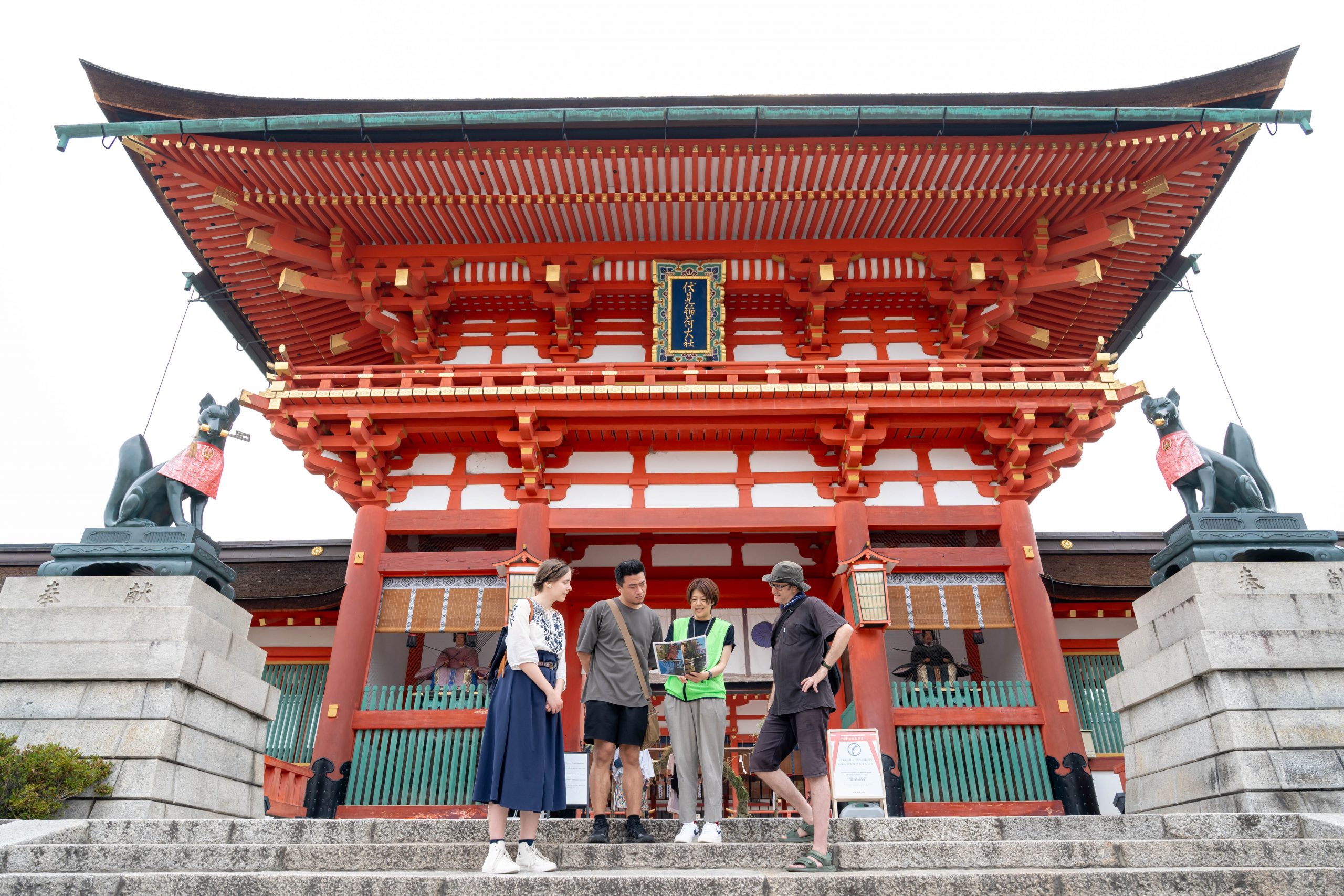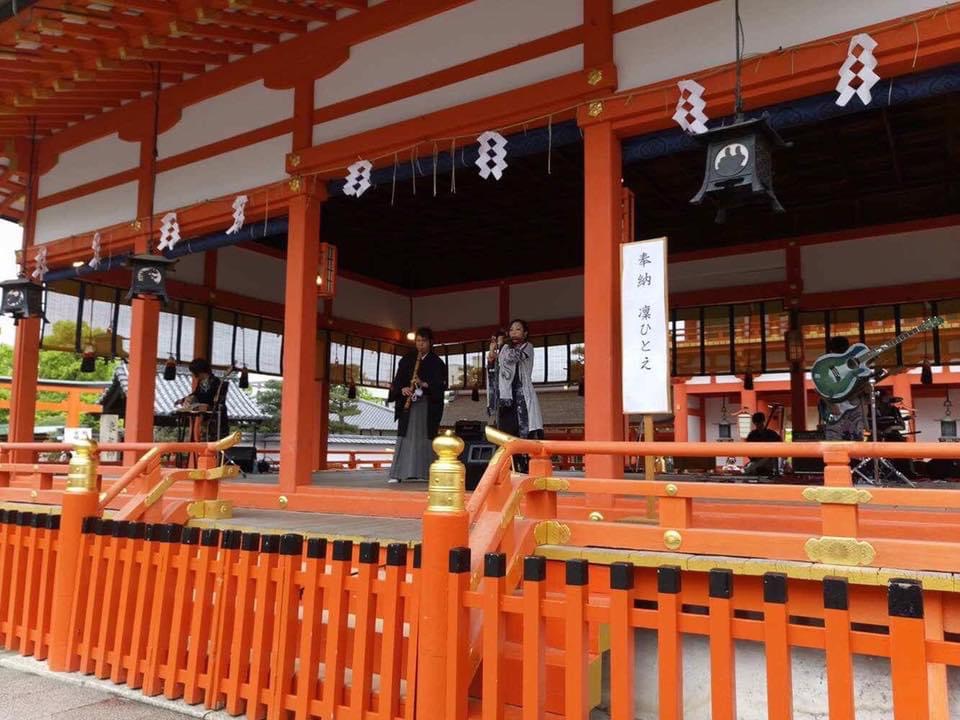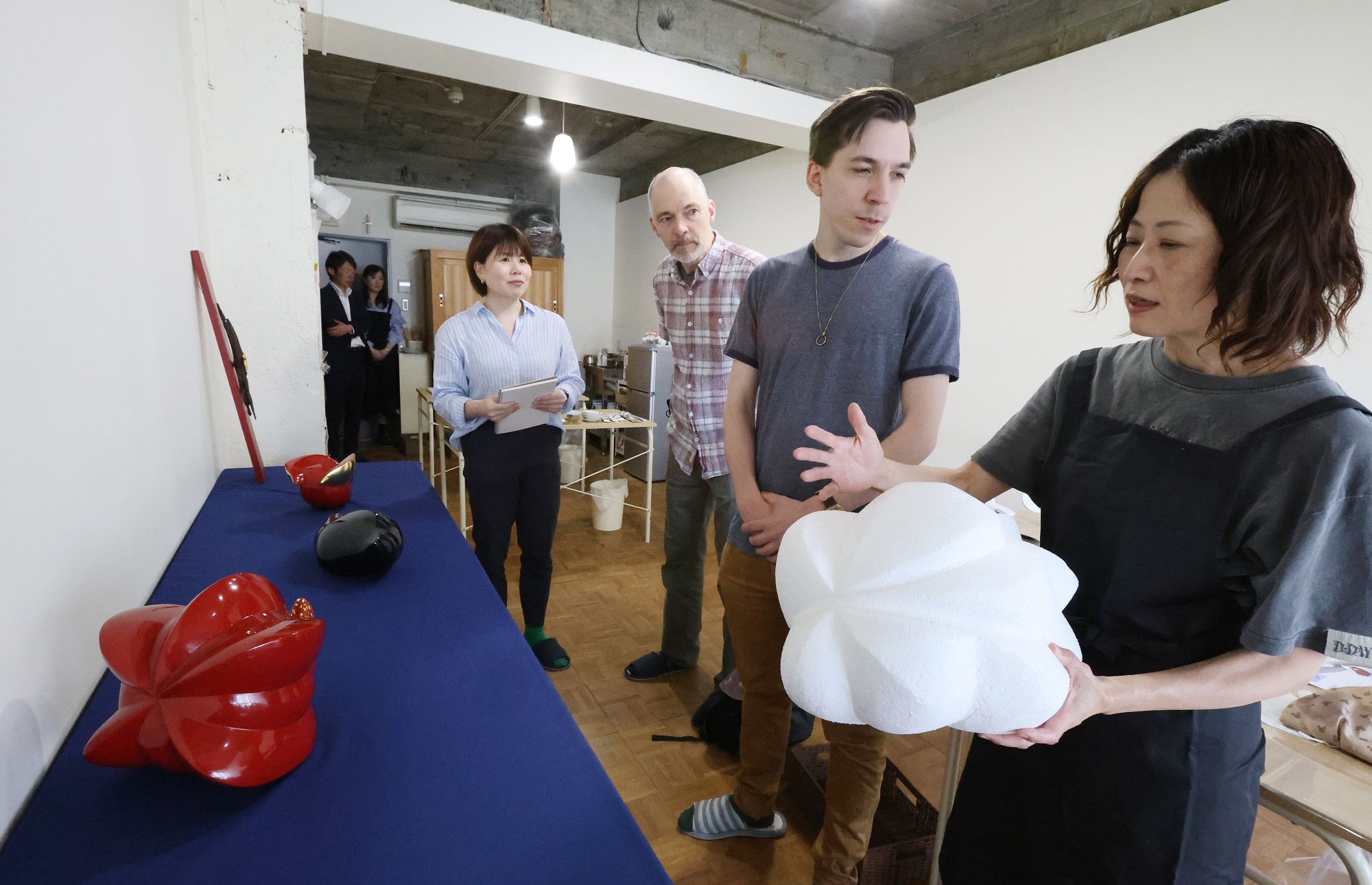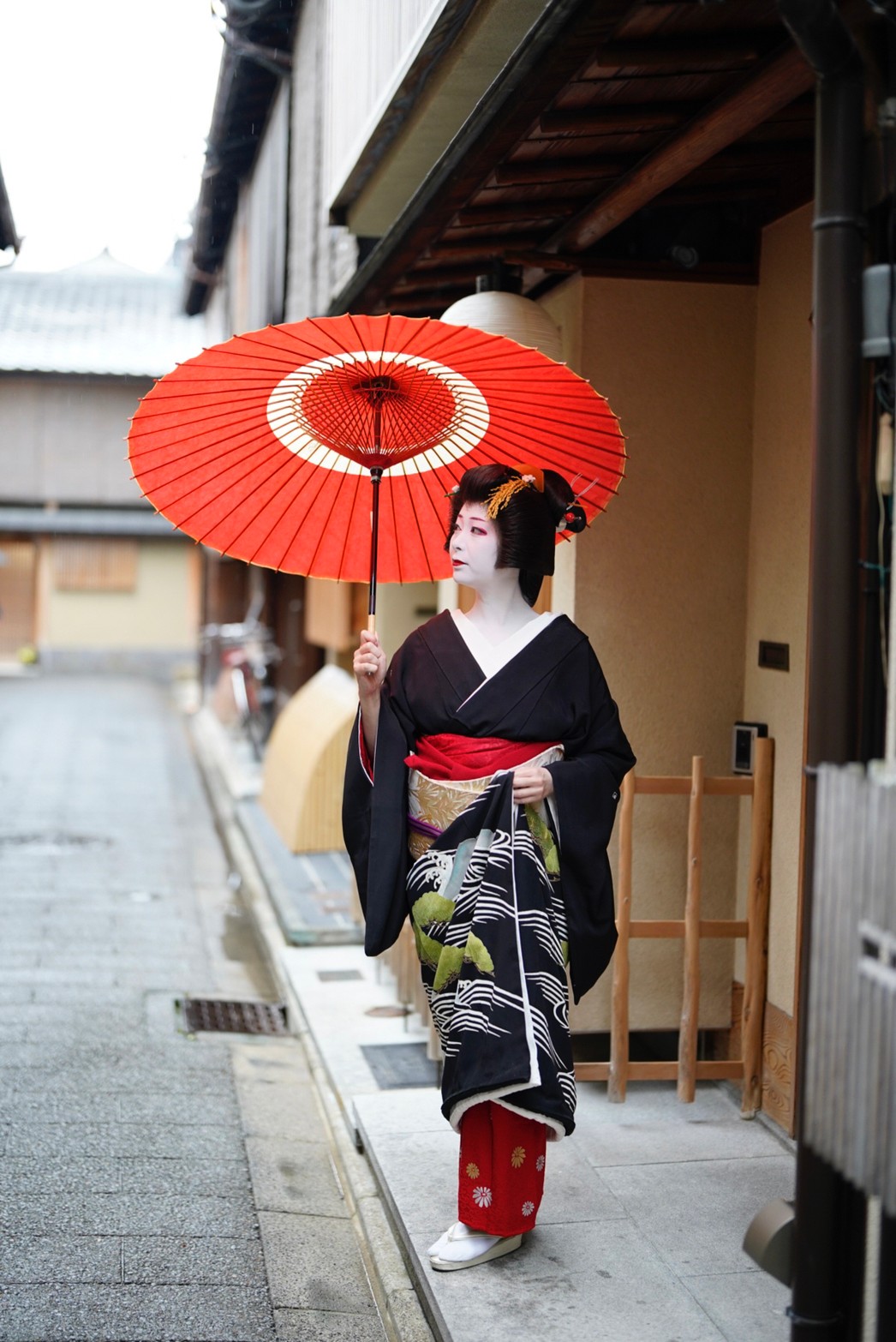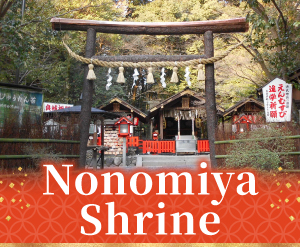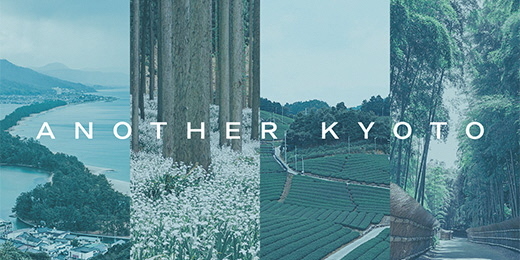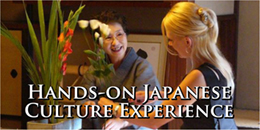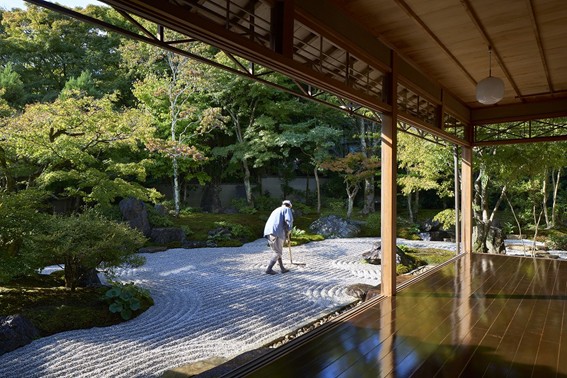
Sone Zoen - A New Initiative by a Company That Manages the Gardens of Kyoto’s Famous Shrines, Temples and Cultural Properties
Based in Kyoto’s Kita-ku, Sone Zoen Co. Ltd. is driven by a philosophy of keeping the culture of Japanese gardens alive and passing on traditional Zen-style gardening techniques to future generations. As such, since its establishment the company has long championed the preservation and development of Japanese garden culture. Its primary business involves garden management and restoring gardens of cultural property for the Imperial Household Agency, shrines, and temples including Tenryuji and Tofukuji; public works such as Katsura Imperial Villa, Shugakuin Imperial Villa, and Kyoto Imperial Palace; and garden maintenance for private clients throughout Japan such as hotels and traditional confectioners. With this expertise in landscaping and wealth of experience, Sone Zoen has launched a new venture called Hogan, a private space designed for visitors to free their true selves through gardening (“Hogan” is a play on Japanese words for “free” and “self”).
Ripple-raking Taught by an Artisan Who Protects a World Heritage Garden — Relax in the Tranquility of Okusaga
Hogan was established amid the shift to experience-focused tourism and efforts in Kyoto to build an environment offering a variety of cultural experiences. The company was eager to take advantage of its expertise as leading gardeners to provide memorable experiences for visitors, renovating a 48-year-old home in tranquil Okusaga to create the facility for this new venture. The core focus is experiences in dry-raking ripple patterns that are used to mimic the flow of water in karesansui dry landscape gardening (a distinctive Japanese gardening style in which natural landscapes are expressed without the use of actual water features).
Straight lines, circles and waves are just some of the wide variety of patterns, which monks practice as part of their training. Participants will learn the intricacies of the art through a lecture by a gardener highly experienced in managing gardens in Kyoto. The experience starts with a calming exercise in mindfulness. After that participants will change into a traditional happi coat and tabi socks for the gardening portion. Through hands-on curation, participants learn about and deepen their understanding of the spirit of Japanese garden culture. There is an option to stay overnight at Hogan, which allows participants to have the garden they curated all to themselves and appreciate how its appearance varies depending on the time of day.
There are two principal aspects to the concept behind Hogan. The first is to convey an appreciation for the depths of the expertise behind Japanese gardens and enjoyment of the technical aspects. The second is to serve as a place where visitors can experience the world and cosmology of Zen. The variety of garden-related experiences offered are primarily aimed at people in their 30s to 70s from Japan, Europe, Western countries and Asia interested in Japanese gardens, Zen gardens and the world of mindfulness. In addition to the ripple-raking experience, a “box garden” experience where participants make their own garden in a small vessel is also available. The facility can also be rented for a variety of other purposes.
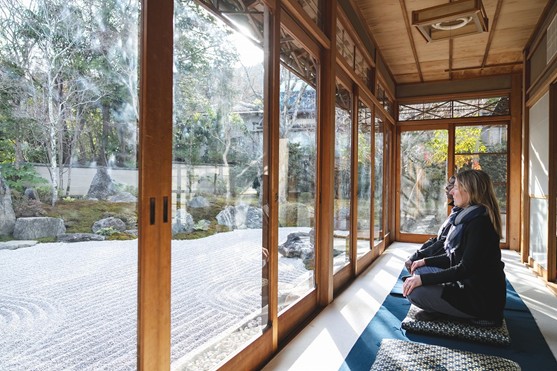
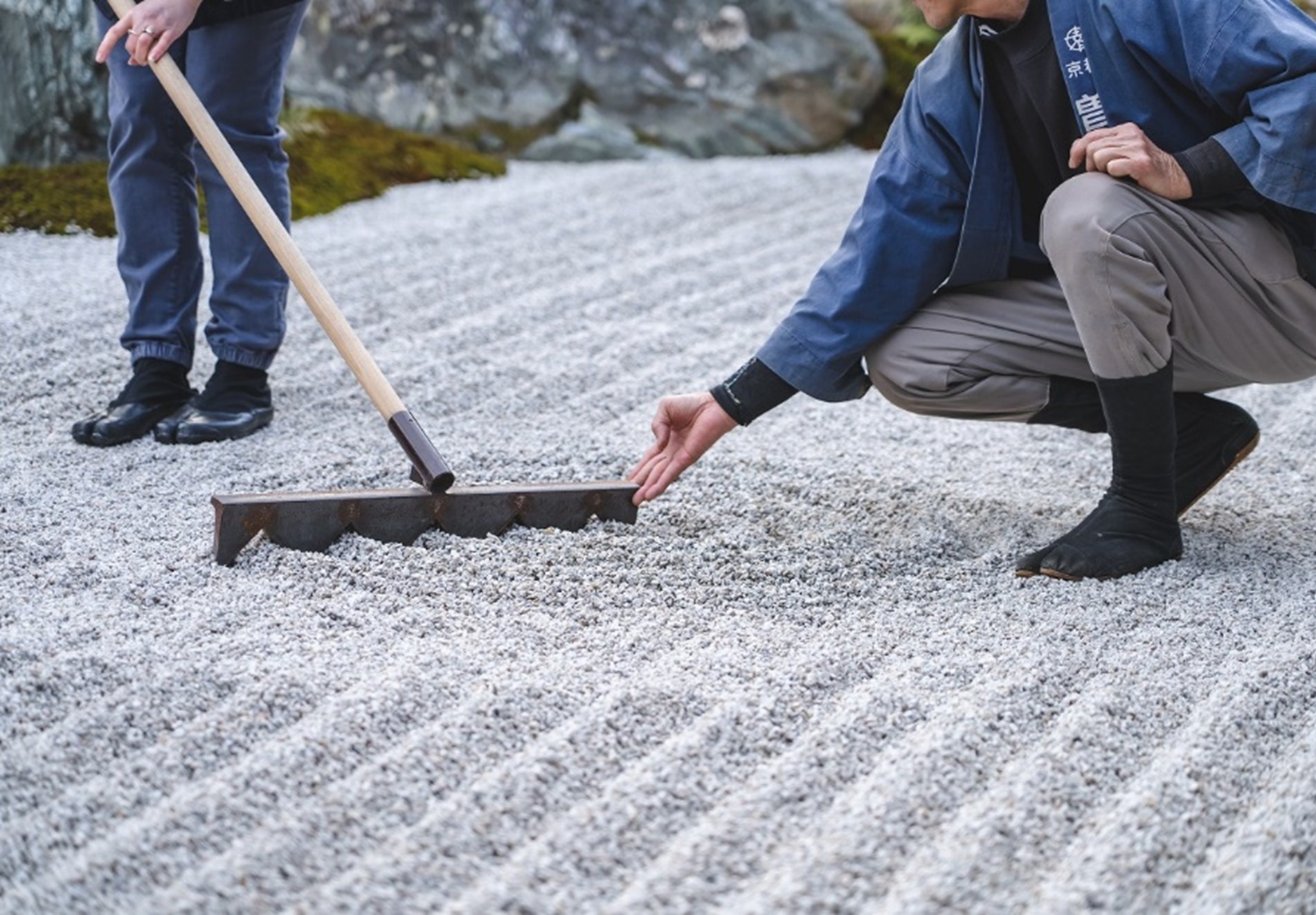
Sharing the Beauty and Spirituality of Japanese Gardens with the World
Visitors to Hogan learn not only about the beauty of Japanese gardens, but also the deep spirituality and techniques behind them. Hogan also serves as a catalyst for overseas visitors to Kyoto to share the beauty of Japanese gardens more broadly with people around the world. Additionally, it is hoped that Hogan will function as a stage for expert craftspeople to pass their skills on to the next generation and train young craftspeople.
In this way, the project is expected to be the first step in forging the future of the landscaping industry while also offering something new for visitors. We invite you to visit Hogan and experience the charms and deeper aspects of Japanese garden culture.
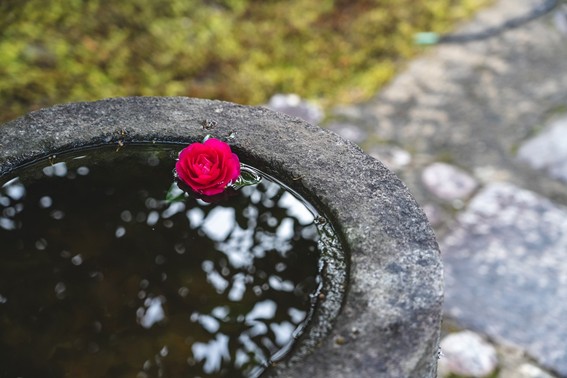
Sone Zoen
Official website
